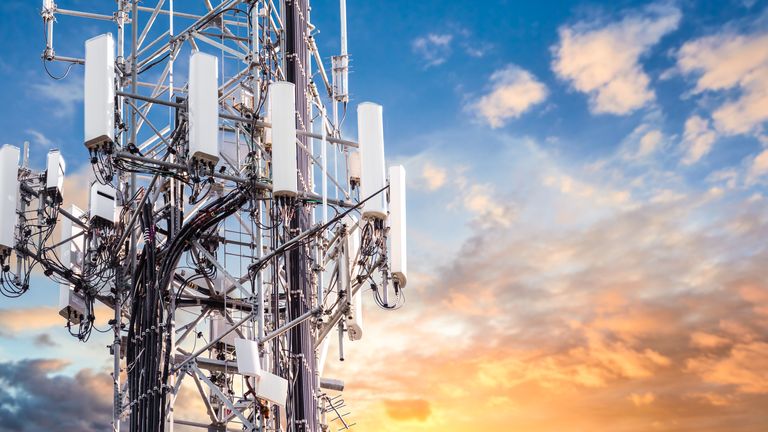If what is a safe distance from a cell tower 've ever been through a town and spotted tiny cell towers for 5G on street light poles. They appear like tiny boxes, but they're actually broadcasting wireless signals from cellular providers to your phone.
These smaller towers are replacing the larger, purpose-built cell towers. While they're not as noticeable but they can still cause problems for people.
The of the FCC's Radiation Exposure Thresholds
The FCC's Radiation Exposure Thresholds establish the safe limit at which a person can be exposed to electromagnetic energy generated by wireless devices. The exposure limits are based upon scientific research that prove that electromagnetic energy can be harmful to human health.
safe distance from cell tower (SAR) is an indicator of the radiofrequency energy that is absorption by tissues. https://storm-lauritzen-2.technetbloggers.de/is-definitely-5g-unhealthy-for-you-1679816089 's typically 1.6 milliwatts per kilogram spread over a kilogram of tissue.

However, because 5g transmits at higher frequencies this could be able to cause greater energy intensity on the skin as well as other body parts. This can lead to various potential harms, including exacerbated appearance of skin conditions such as dermatitis and skin cancer and cataracts.
Due to the possible negative effects of 5G radiation, PSU has chosen to establish a general, localized maximum power density of four mW/cm2 based on the average across 1 centimeter, and never exceeding 30 minutes for the entire 5G spectrum at 3000 GHz. This localized limit is consistent with the peak SAR that is spatially averaged at 1.6 W/kg, which is averaged over 1 grams of tissues at six GHz.
The FCC's Maximum Exposure Thresholds
If you've ever used a cell phone, you're probably aware that a safe location from the tower is at least 400 meters. This is because the power of the transmission of cell towers increases drastically the further your location from the tower.
Although this may sound like an ideal idea, the reality is that people who live close to towers might be more vulnerable to health issues. For instance, a 2014 study in India discovered that people living within 50 meters of cell towers experienced significant more health issues than those living further distance from them.
This study found that people who moved to areas further away from the cell towers saw their symptoms return to normal within a few days. Other studies have demonstrated that exposure to extreme amounts of electromagnetic field radiofrequency (EMFs) can lead to cancer, brain tumors and other health issues.
This is because RF radiation, used in wireless communication, can penetrate the body's outer layer, which is the skin. It is crucial to know since the skin serves as a barrier to protect against injury to the body, infection from pathogenic microorganisms, as well as infiltration of toxic substances. The skin is the most important organ in the human body and is accountable for keeping the integrity of the other organs.
The FCC's Minimum Exposure Thresholds
The FCC's Minimum Exposure Thresholds are based on several assumptions that are not supported by scientific research. This includes the false assumption that exposures of a short duration to RF radiation are safe due to the limited radiation penetration in the human body (i.e., tissue heating).
The assumption is also ignoring the greater penetration of ELF elements of modulated radio signals, as well as the effects on the body of short bursts generated by RF waves that are pulsed. These theories are not compatible with the current understanding of biological consequences of RF radiation. Therefore they should not be relied upon for health-protection exposure guidelines.
Additionally, the ICNIRP and FCC restrict their maximum exposure limits to local peak SARs based on the maximum spatial specific absorption rate (psSAR) which is not a reliable dosimetric instrument for determining the level of radiation exposure. In particular the psSAR tool is not accurate for frequencies above 6 GHz. Furthermore, psSAR has not been evaluated for RF radiation with co-exposure to other environmental agents , such as sunlight. In the event of interactions, RF radiation with other environmental agents could cause synergistic or antagonistic results. This can lead to an increased risk of adverse health adverse effects. For example, co-exposure to RF radiation with sunlight may increase the risk of developing skin cancer and exacerbate other skin diseases such as acne.
